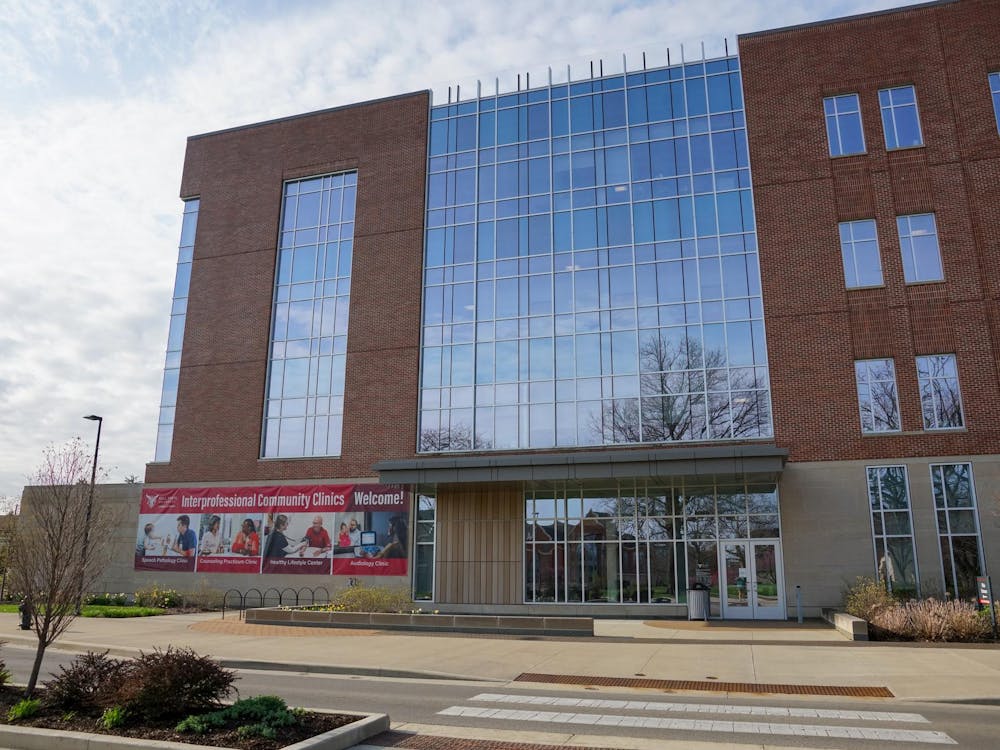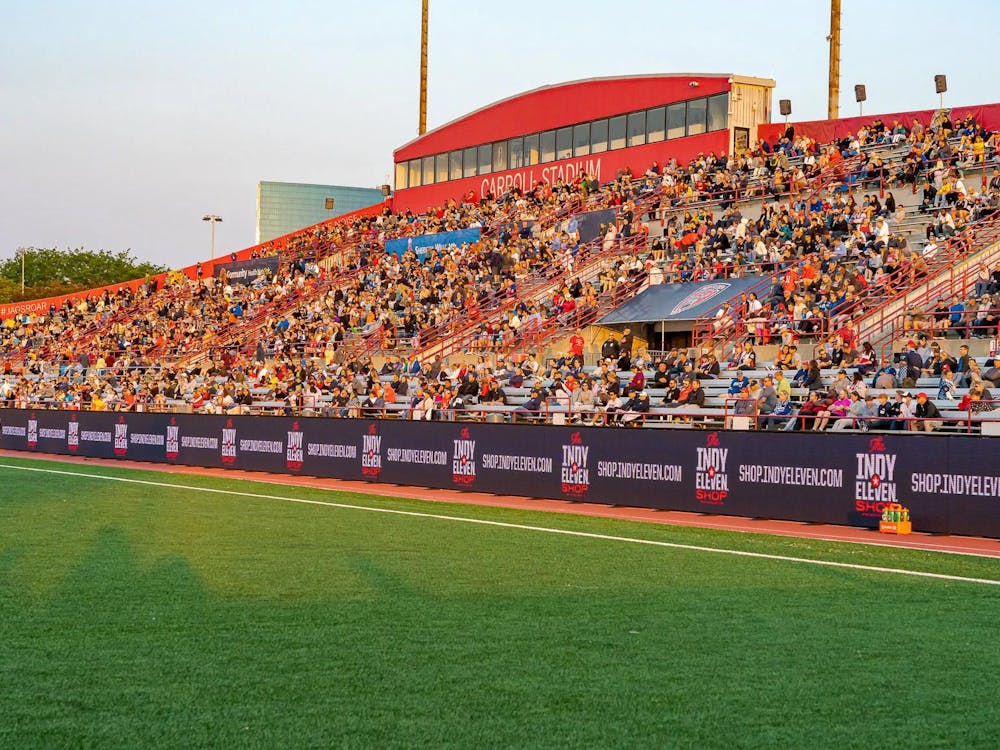With a month of winter left, about 171 homeless people in Delaware County are seeking shelter, according to the 2016 National Point in Time Count. This number is up from the 2015 count of 152.
But these numbers do not come close to the real numbers, according to Terry Whitt Bailey, director of community development.
“There are people who go undocumented because they have found other places to seek shelter, such as abandoned buildings,” Bailey said.
These places are not only illegal for the homeless to occupy according to Bailey, but could also be dangerous.
Other people who go undocumented are those who may be temporarily living with a family member or friend. These people are not recognized on the Point In Time Count because they do not meet the requirements to be considered homeless. A person is considered to be absolutely homeless if they are living on the streets or in an emergency shelter.
According to the Muncie Annual Action Plan, the local Homeless Provider’s Network is active both locally and regionally to ensure that a comprehensive network of services is available to the homeless population.
The Muncie Annual Action Plan states that shelters in Muncie are separated into three tiers of barriers. They are low, medium, and high.
Muncie Mission
The Muncie Mission is considered "low barrier." This means there are a minimum number of expectations placed on the residents.
Don Ford, director of development at the Muncie Mission said they average about 65 residents per day.
Ford said this year has been strange because the shelter has broken a record for the number of men living at the mission.
“During a normal summer we average in the 40s, but this year we saw numbers in the 70s,” Ford said.
Ford said that he cannot give a reason for the increase in homeless people in Muncie.
Ford said the mission accepts all men 18 and older, at any time of the day, unless they are under the influence.
The Muncie Mission is both an emergency shelter and a long-term recovery program.
According to the Muncie Annual Action Plan, 67 percent of the Muncie homeless are single men, and 40 percent of those men are veterans. 65 percent of the Muncie homeless are addicted to a substance.
“After 13 years here, it still boggles my mind that these substances can take over someone’s life,” Ford said.
Ford said it is important for the counselors at the mission to dig deep into the pasts of the residents to get an understanding of where and why this all began.
“We’re finding that there is a high number of men who were sexually and physically abused as children,” Ford said. “They can’t handle the emotional scars and start experimenting with drugs and alcohol to cover the pain, and after they cross the point of no return, it takes over their spirits."
Muncie YWCA
Homeless women and children of Muncie are often directed toward the Muncie YWCA.
The YWCA is a "high barrier" shelter because it only accepts women and children, and is unable to take in registered sex offenders. For males, there is an age limit of 12 years old.
According to the Muncie Annual Action Plan, 33 percent of the Muncie homeless are single women, and 39 percent are children. Of those children, 42 percent are under five years old.
WaTasha Barnes Griffin, director of residential services at the YWCA, said the YWCA offers 30-day emergency housing and transitional housing for up to two years, as well as prison re-entry housing.
“Our mission is to eliminate racism and empower women," she said.
The YWCA helped 481 women and children in 2015, according to Griffin, who said she does not know exactly why the numbers have been higher this year, but believes job loss in Muncie has contributed.
The YWCA offers programs that help women find jobs, become better parents, manage pain and find permanent housing.
“A lot of people think homelessness is something that just happens,” Griffin said. “But we know there are barriers that prevent these women from being stable."
These barriers can be eviction, domestic violence, and sometimes issues with Child Protective Services.
Griffin said about half of the children living at the YWCA are regularly monitored by the Department of Child Services.
Under the McKinney-Vento Act, any school age child that is homeless is able to continue going to his or her school. Children living at the YWCA have to be in school within two days of being there.
Griffin said only about 30 percent of the children living at the YWCA are of school age, but the ones who are have access to the gym, the pool and activities put on by different philanthropic groups in Muncie.
Bridges Community Services
Another option for the homeless in Muncie is Bridges Community Services. It is considered a "medium barrier" shelter, meaning it has some entrance restrictions.
Bridges Community Services has been full since June according to Susan Kemp, executive director of Bridges.
“When the weather gets bad, it fills up faster, but both our transitional housing and emergency shelter have been in constant use since summer,” Kemp said.
Kemp believes the numbers only appear higher this year because many people mistake themselves as being homeless.
“A lot of people do not accept the support offered from family members, and that drives the homeless population up,” Kemp said.
Bridges is working on a new program to make finding shelter easier for the homeless people in Muncie.
The program, known as the Central Access Point, will work to link all of the shelters in Muncie together, reduce the amount of research homeless people have to do before finding a shelter that will meet their needs, and increase homeless prevention efforts overall. Kemp is hoping to have the program open by the fall of 2016.
There have been homeless people in Muncie since the industrial era, said Bailey. These people were first mistaken for travelers, but Muncie has since become more realistic about them.
“If we really believe we are this great city, we have to be willing to help these people, whoever they are, especially the children,” Bailey said.





